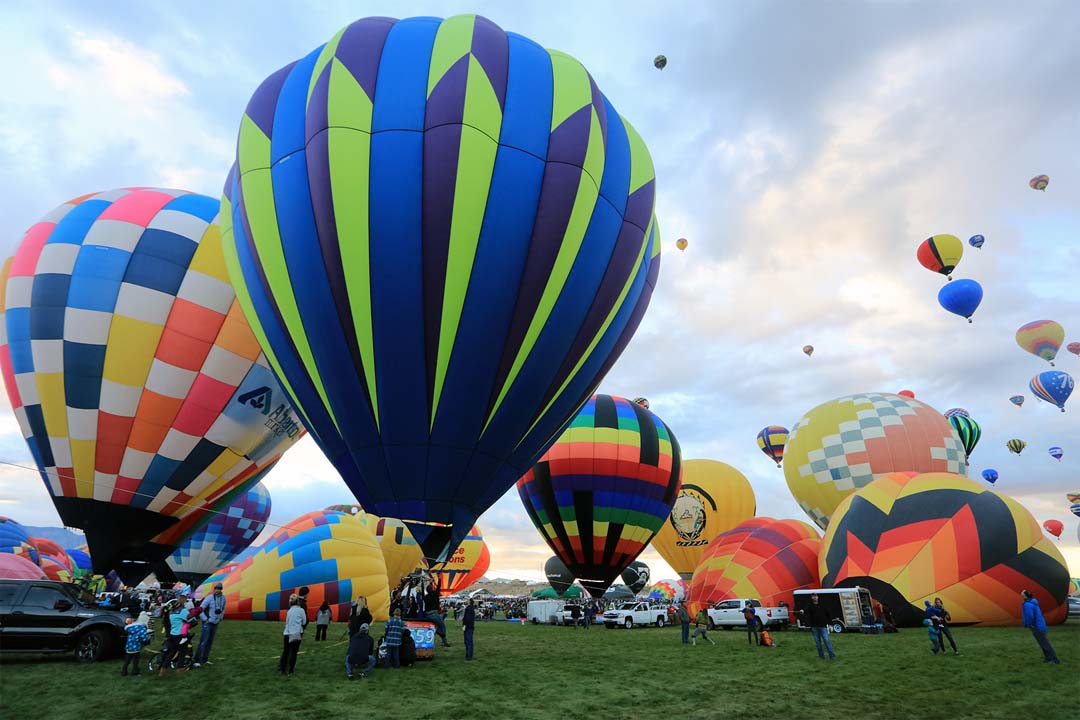The giant screen documentary is eye candy for nature-lovers

Into America’s Wild is a 3D IMAX nature documentary narrated by Morgan Freeman, now playing at the Royal BC Museum. The film is directed by giant screen vet and ocean conservationist Greg MacGillivray (National Parks Adventure, Everest, the Living Sea), co-founder of MacGillivray Freeman.
The doc follows three adventurers as they backpack, kitesurf, kayak, climb, and zipline their way across the United States. Among our tour guides is astronaut John Herrington, who became the first Native American in space during a 2002 NASA mission.
While most films chronicling the history of America move east to west, trailing the footsteps of European colonists, this film makes the welcome change of documenting the prehistoric peoples who journeyed across the Pacific Northwest. The film later likens the prehistoric paddling along the Kelp Highway to Herrington’s voyage into the solar system — Herrington carried his Chicksaw Nation flag on his spaceflight.
Joining us as well is the gregarious Ariel Tweto, star of the Discovery Channel’s reality show Flying Wild Alaska. Tweto provides a great quote about the pros always making kitesurfing look easy, before proceeding to faceplant hilariously into the Hood River, reminiscent of her appearance on Wipeout.
Finally, we meet the badass long-distance hiker Jennifer Pharr Davis, who has racked up over 14 000 miles of trail on six different continents. In a particularly poignant scene, Davis speaks on the personal growth she experienced in the wild, and the liberating lack of mirrors in nature. Anyone who’s ever stepped foot in a commercial gym, or opened up a phone with a front-facing camera will be taken aback.
It’s hard to imagine any west coast biophile not being enthralled by the film’s eye-popping scenery. The documentary opens on a foggy Pacific Northwest shoreline, which will instantly invoke serenity in any Vancouver Island resident.
As the film progresses on its tour across the U.S., it’s hard not to see the similarities between our home turf and the landscapes to the south. Silhouettes of sunset paddlers could be found somewhere in Howe Sound; trestles in Idaho resemble Goldstream or Hope; the alpine meadows of the Pacific Crest Trail hearken to the backpacking trails of Strathcona.
The recurring theme of the film is our need to be connected to nature. Tweto speaks of the epidemic of isolation and loneliness faced by today’s youth, before taking a group of high schoolers from Girls on Rock cliff jumping into Crater Lake.
One of the consultants for the film was Richard Louv, who coined the term “nature-deficit disorder” in his bestselling book Last Child in the Woods, where he linked a lack of connection to nature to disturbing trends of depression, obesity, and attention deficit disorders. As an electroencephalograph is placed on a hiker’s head, the film touches on the possibilities of improved neurological functions that accompany immersion in nature.
As we gape at the golden-hued Pando grove in Utah, an interconnected clonal colony of Aspens, we’re told it’s the largest single living organism in the world. However, the scientist interviewee has little time to elaborate on the importance of his project before we’re whisked away to the next excursion. We’re not told, for example, that Pando is actually dying.
This breakneck pacing proves to be the greatest shortcoming of Into America’s Wild. One almost wishes the doc was longer, so that we had more time to orient ourselves in each individual landscape, and absorb their rich scenery.
Near the end of the film, Freeman encourages us to “Slow down, stop, and listen.” If only the filmmakers could have followed their own advice. As soon as we’re hit with Home by Philip Phillips — one of the five upbeat pop rock tracks in the forty-minute film – it starts to feel less like a documentary, and more like an Expedia commercial.
What the documentary lacks in substance, however, it certainly makes up for in visuals. With the exception of some goofy CGI-rendering of Herrington in space, this movie features some seriously stellar shots — made all the more epic in IMAX format.
A nighttime shot of the cast in a hot air balloon, the fabric illuminating with each spray of propane, the psychedelic striations in Utah’s sandstone canyons, and some truly breathtaking aerial shots of the snow-crested High Sierra all contribute to the big screen eye candy.
If you want to ogle natural landscapes in IMAX, then Into America’s Wild is almost certainly the film for you.








